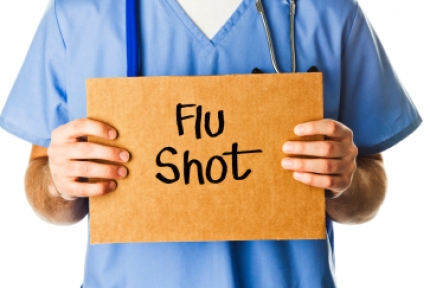MAKE-IT-SAFE-MONDAY
As a business owner, manager, or employee, safety should
always be one of the main points of day to day operations of a business. All businesses are different and safety
precautions can change drastically between them. One of the things that is always needed in
any business in the regards of keeping employees safe is organization.

Organization is something very simple, but often
overlooked. Organization can span almost
every aspect of a safe workplace. It can
be involved with emergency procedures, material safety data sheets, safety
equipment, first aid supplies, and many more.

In the event of an emergency procedure, such as a
tornado, fire, or gas leak, it is important for everyone to know where to go in
each scenario and get there safely. The
company or building should have designated areas and that all employees know
where to go in an orderly fashion. Test
drills are a good way to see how prepared everyone is.
In the event that the company works with chemicals or
anything that involves safety data sheets (SDS) it is important and required by
law to have them in an area that is easily accessible to be read in the event
of a spill or other exposure. Staying
organized and knowing what you are working with and quickly being able to find
the information needed could be the difference in the severity of injury or
other health risks.

A lot of companies may use machinery, chemicals, or
electronics that have safety equipment associated with them. As a company it is necessary to keep this
equipment well organized, such as size and for what it is used for. When employees are searching for the right
safety equipment it is extremely nice to see them in an orderly fashion and
knowing right where to go for what they need.
Cuts and scrapes happen all the time, but in the rare
event that something more severe happens, having a well-organized first aid
cabinet or kit could be the difference in life or death. When you are in a hurry to get what you need
to help someone or even get a Band-Aid for yourself opening a well-organized
cabinet is critical.

There are many reasons to be organized. Getting organized can be as simple as having
training sections for certain events, labeling supplies, and having someone in
charge of keeping them that way. Having
a well-organized business can be vital when the time arises, but also very
helpful for normal everyday tasks. Stay safe and organized this Monday!
Dale Bromenshenkel
Demand Generation Specialist, Lift’n Buddy, a Southworth Company










